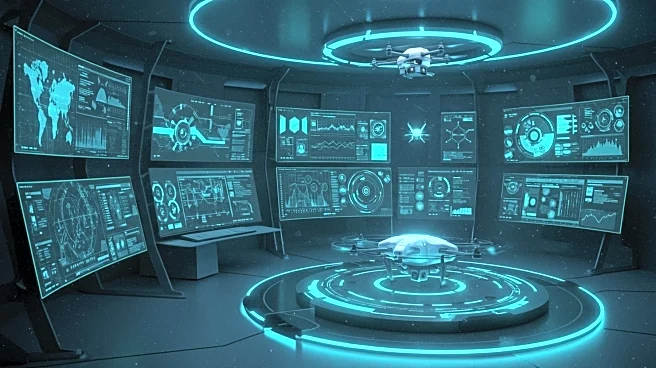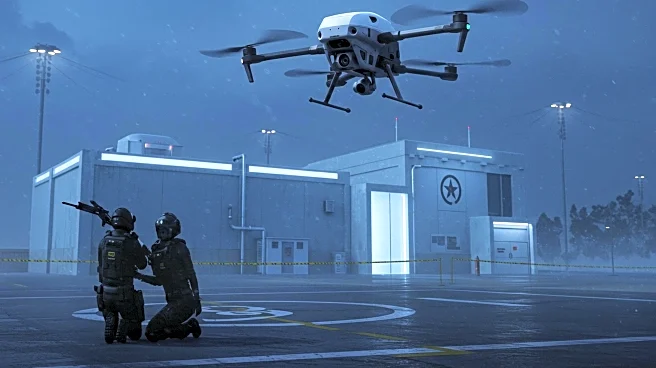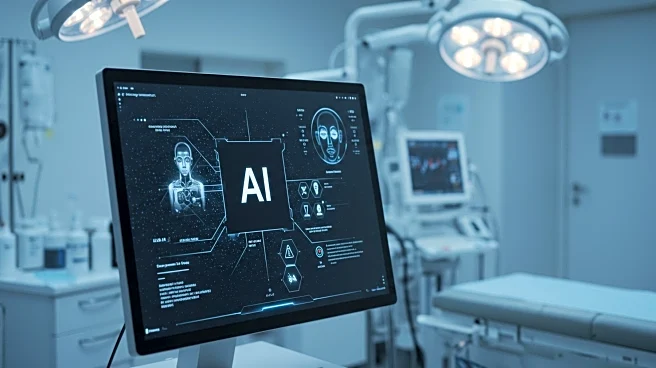What's Happening?
AI technology is poised to revolutionize military command structures that have remained largely unchanged since the era of Napoleon. According to Benjamin Jensen, a Professor of Strategic Studies, AI agents can automate routine tasks, compress decision timelines, and enable smaller, more resilient command posts. This transformation aims to address the coordination challenges posed by large military headquarters, which have grown to accommodate expanded information flows and decision points in modern warfare.
Why It's Important?
The integration of AI into military command structures represents a significant shift in how military operations are conducted. By automating tasks and enhancing decision-making processes, AI can improve operational efficiency and reduce the vulnerability of command posts to precision artillery and electronic warfare. This development could lead to more agile and effective military strategies, impacting U.S. defense capabilities and potentially altering global military dynamics.
What's Next?
The U.S. military will need to invest in computational power and cybersecurity measures to support AI agents across formations. Additionally, military education will need to adapt, focusing on AI fundamentals and human-machine team dynamics. These changes are essential to fully leverage AI's potential in military operations and ensure that command structures are equipped to handle modern warfare challenges.
Beyond the Headlines
The ethical implications of AI in military command structures are significant, as decision-making processes become increasingly automated. Ensuring that AI agents are free from bias and that human oversight remains integral to operations will be crucial. This shift also raises questions about the future role of military personnel and the balance between technology and human judgment in warfare.












